5 Best Foods That Actually Reduce Blood Sugar Levels, According to a Dietitian

Are your blood sugar levels high? While there are drugs that stabilize blood sugar, maintaining a healthy diet is also an effective tool for lowering it. Sophie Lauver of Aeroflow Diabetes, a Registered Dietitian and Board Certified Health and Wellness Coach, spoke to Body Network about the best foods to reduce blood sugar levels. "Unfortunately, one food alone won't reduce blood sugar levels. But, a well-planned diet including lots of nutrient-dense foods (and the inclusion of physical activity) can play a huge role in improved blood sugar levels," she says. According to Lauver, below are some foods that, as part of a healthy diet and lifestyle, will help lower blood sugar.
Berries
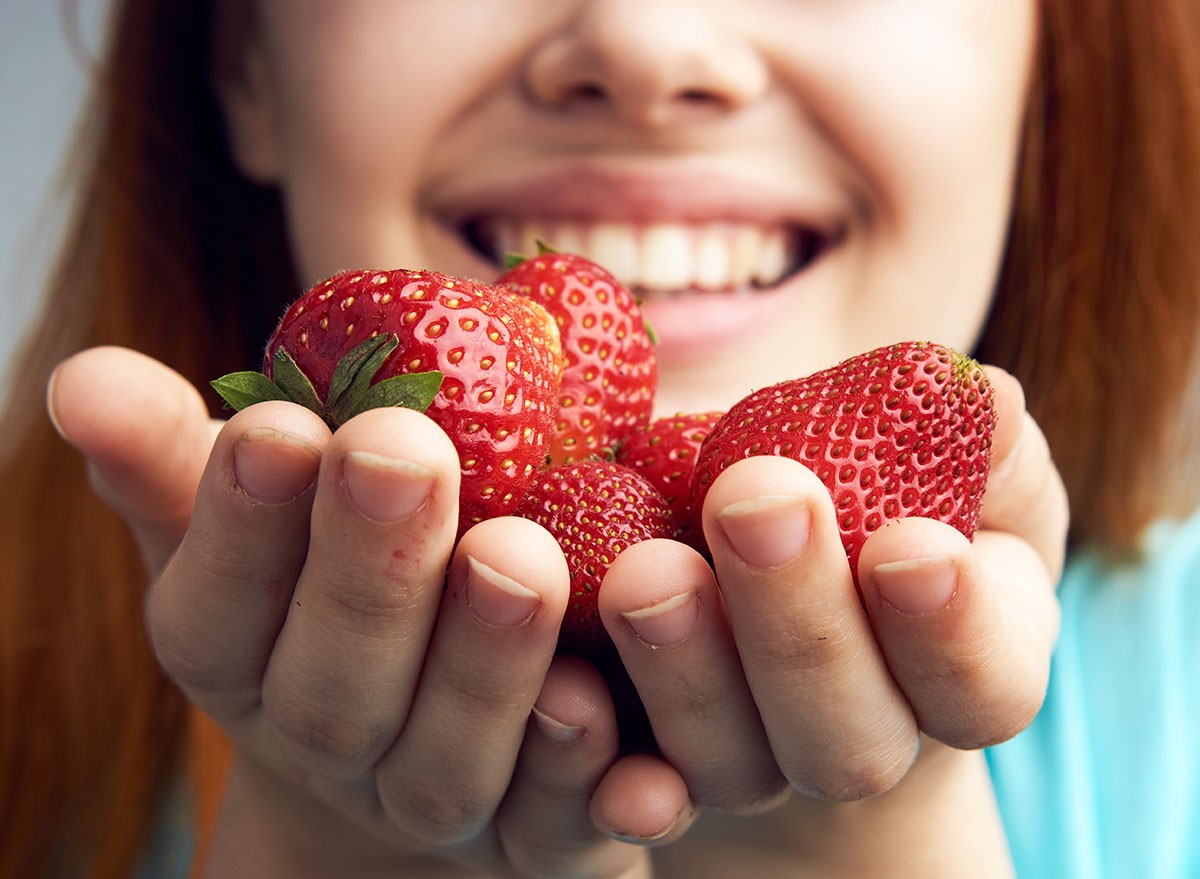
The first food you should eat to reduce blood sugar? Berries. "Berries are high in fiber and low in carbohydrates and can slow glucose absorption into the bloodstream," says Lauver. "They're rich in antioxidants and can reduce and repair stress put on our bodies." Blueberries, strawberries, and raspberries are all great options.
RELATED: 8 High-Protein Foods with Nearly Zero Calories That Melt Fat
Lentils
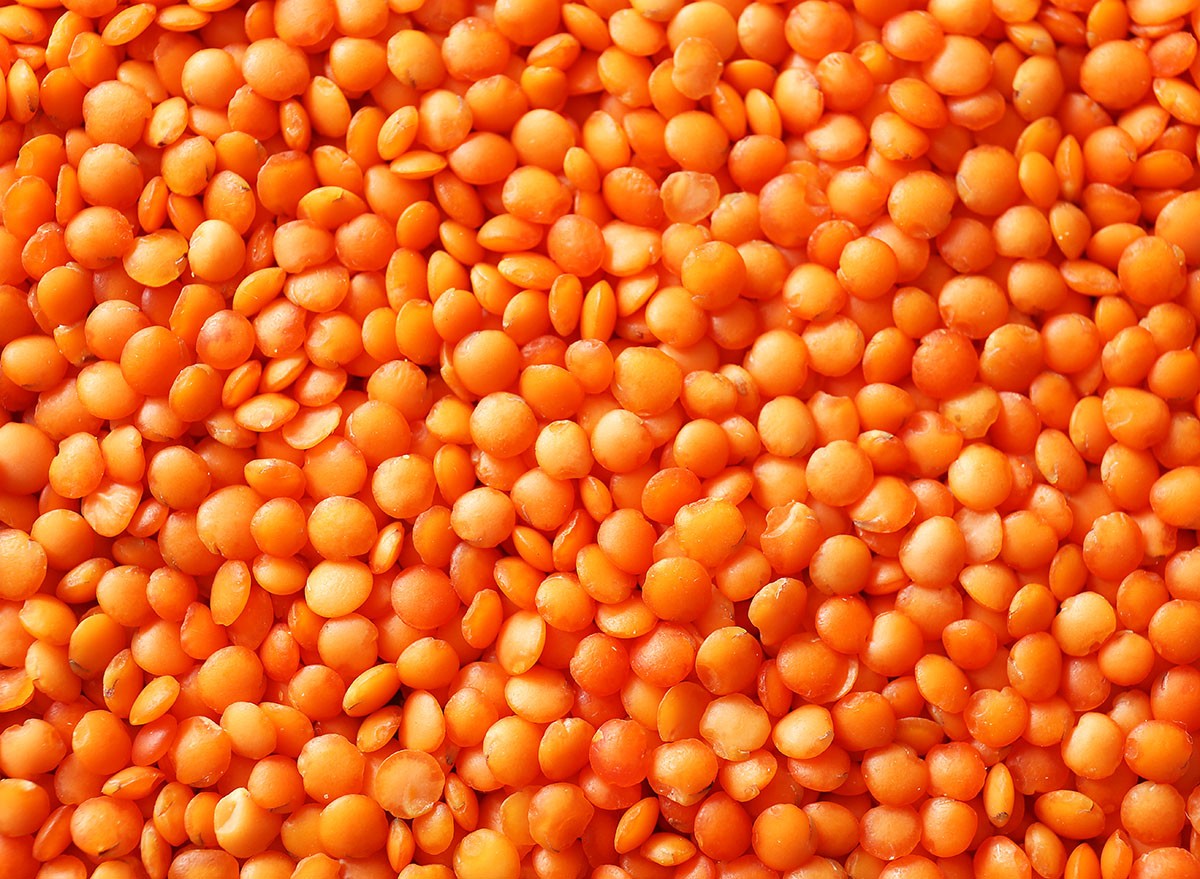
Lentils are an excellent lean protein that contains carbohydrates. "This mighty pairing of lean protein + carbohydrate can keep you full and mitigate the impact of glucose spikes into your bloodstream, stabilizing your blood sugar," she says. How should you eat lentils? Add them to soups, cook and eat as a side, or throw them in salads.
Quinoa
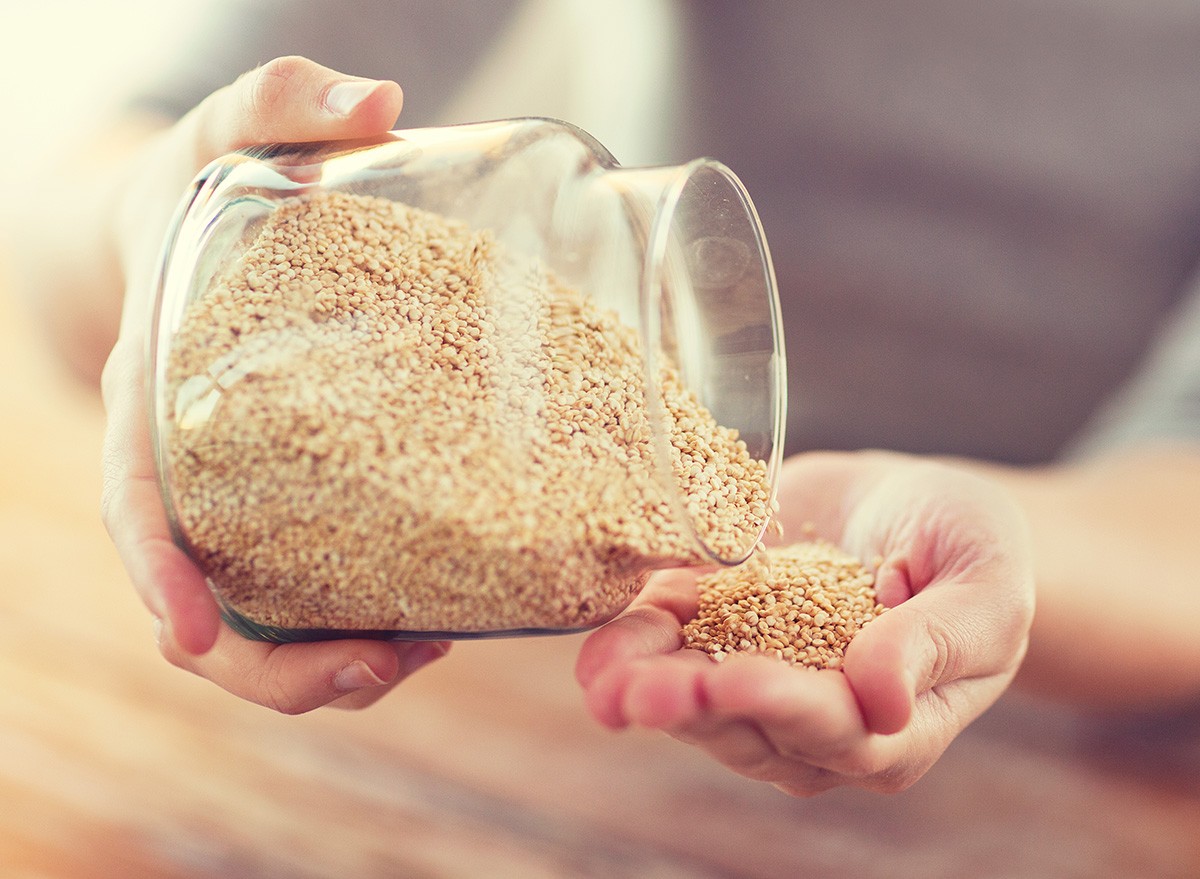
Quinoa is a whole grain, "meaning the grain has not been stripped of its natural vitamins, minerals, and nutrients," she says. "Whole grains have more fiber than refined grains and have a lower glycemic index." Eat quinoa instead of white rice, or even add into a soup for some texture.
RELATED: 20 Foods You Didn't Know Were Ultra-Processed
Nuts and Seeds
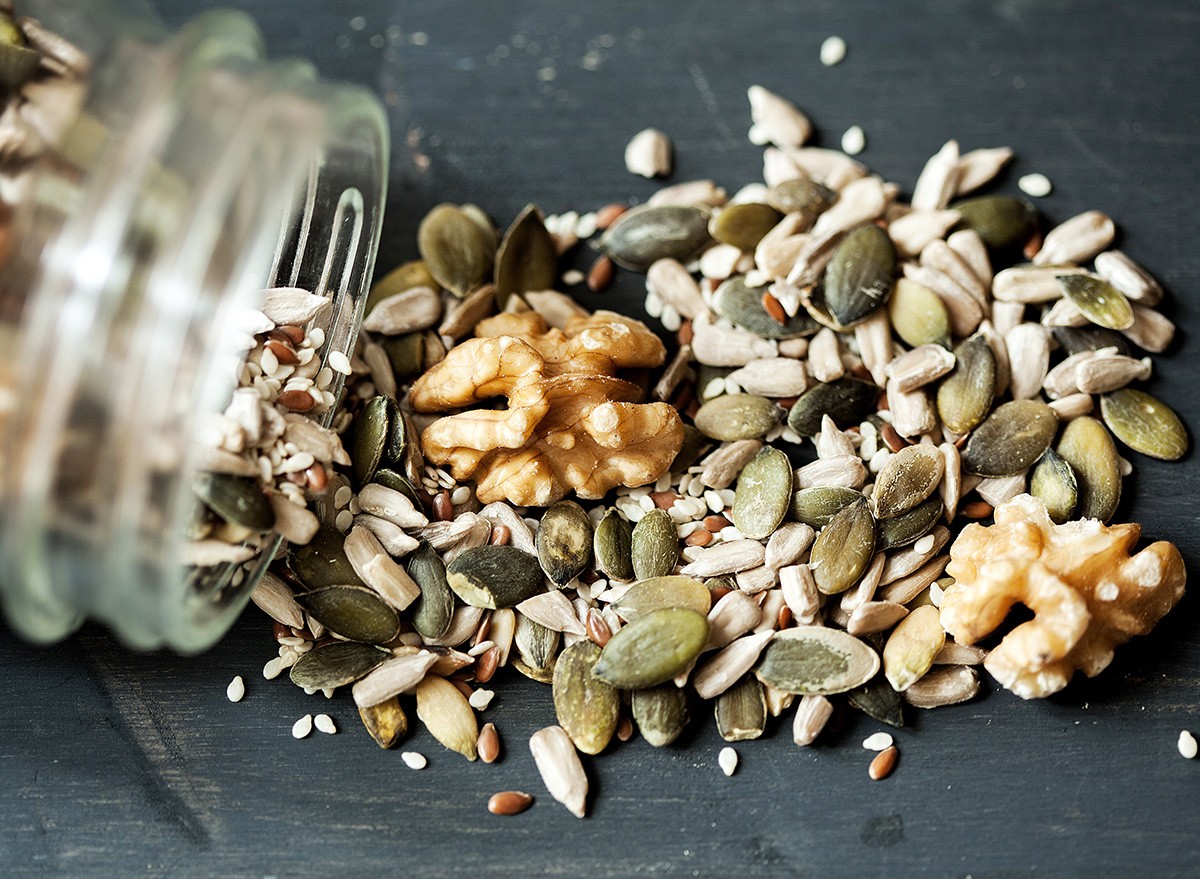
Nuts and seeds are another great blood sugar-lowering food. "Healthy fats, like those from plant-based nuts and seeds, when paired with carbohydrates, can slow the absorption of carbohydrates and allow for less of a spike in blood sugar," she says.
Flaxseed
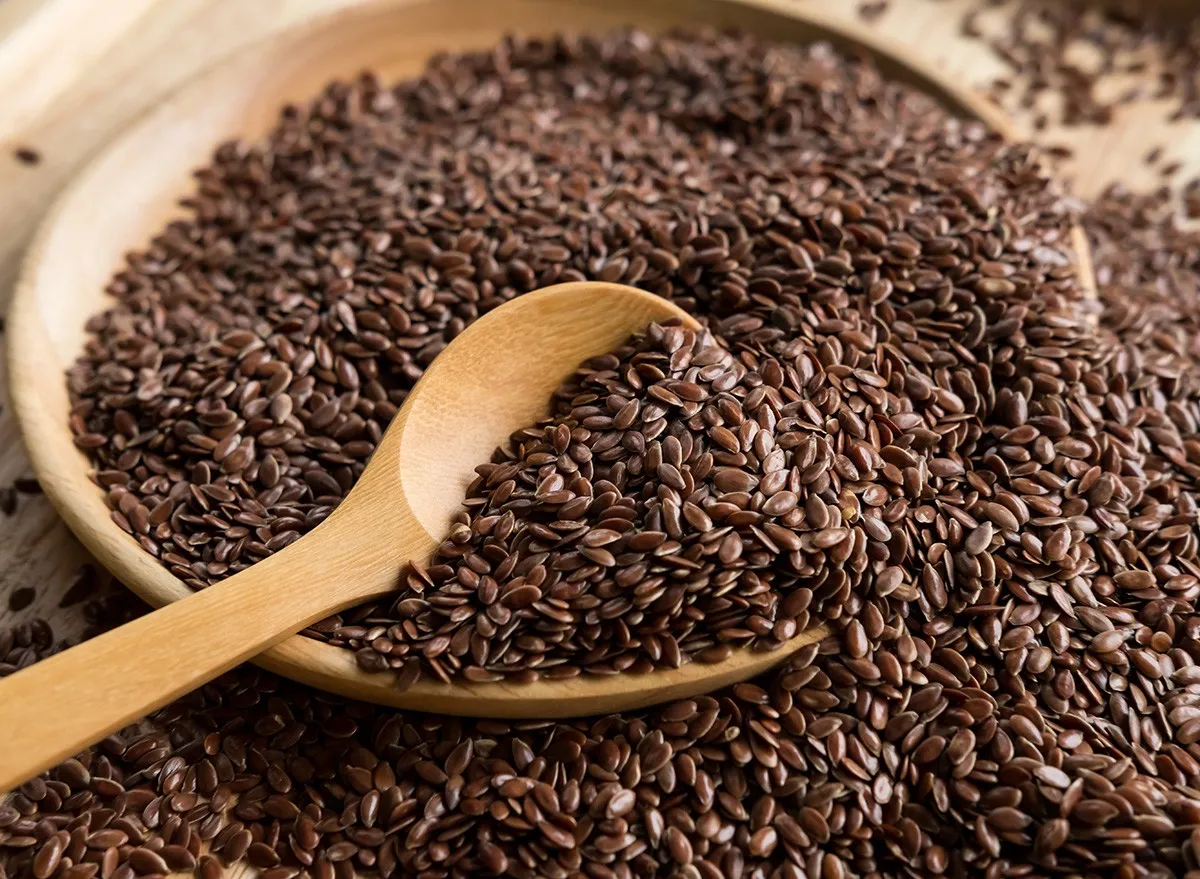
Also, infuse your menu with flaxseed. "Flaxseed is a powerhouse that is rich in Omega 3s, fiber, and antioxidants, and may help lower blood pressure, lower triglycerides, reduce the risk of some cancers, help digestion, and improve insulin sensitivity," she says. "Omega 3s may aid in glucose control, and research is ongoing." Not sure how to eat flaxseed? It makes a great addition to a smoothie or smoothie bowl. And if you enjoyed this article, take advantage of these 20 Superfoods for People Over 50.




